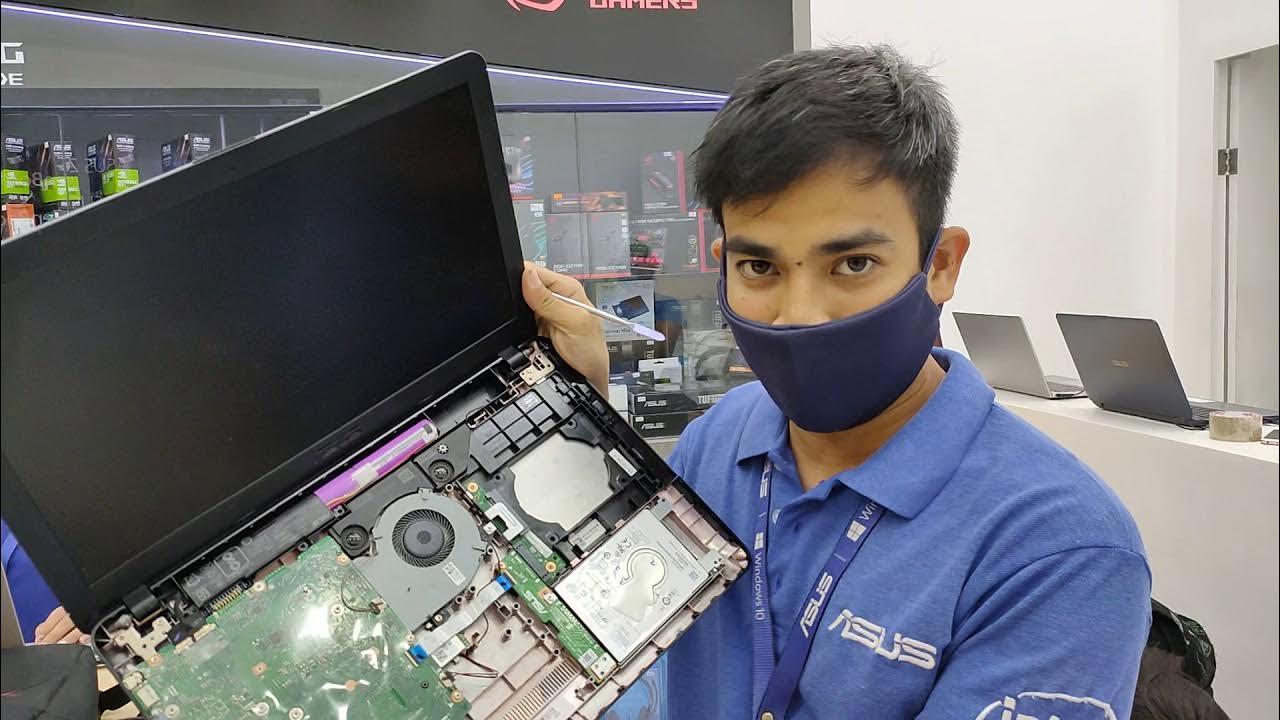The cost of hail damage repair varies depending on the extent of the damage and the size and type of the vehicle or property. Hailstorms can wreak havoc on vehicles and properties, leaving behind dents, cracks, and broken windows.
The cost of repairing hail damage can range from a few hundred dollars to several thousand dollars. Factors such as the size and number of dents, the extent of the damage, and the type of vehicle or property being repaired will all contribute to the overall cost.
Additionally, the cost may also vary depending on the location and availability of qualified repair professionals. It is important to get multiple quotes and consult with a reputable repair service before making a decision. Taking prompt action to address the hail damage can help prevent further damage and potentially reduce repair costs.
Factors That Influence Hail Damage Repair Costs
The cost of hail damage repair can vary depending on several factors. Understanding these factors can give you an idea of the potential expenses you may face. If your vehicle has been affected by a hailstorm, it’s essential to assess the severity of the hailstorm, the size and type of your vehicle, and the extent of the damage.
Severity Of The Hailstorm
The severity of the hailstorm is a crucial factor in determining the overall repair costs. Hailstorms can range from minor, with small-sized hailstones, to severe storms with large hailstones. The larger the hailstones and the greater their impact, the higher the chances of significant damage to your vehicle. Severe hailstorms can cause dents, cracks, and shattered windows, resulting in higher repair costs.
Size And Type Of The Vehicle
The size and type of your vehicle also play a role in determining the repair costs. Larger vehicles, such as trucks and SUVs, tend to have more surface area exposed to hailstones, increasing the likelihood of damage. Additionally, vehicles made of materials that dent more easily, like aluminum or fiberglass, may incur higher repair expenses compared to those made of sturdier materials. It’s important to consider the size and type of your vehicle when estimating the potential repair costs.
Extent Of The Damage
The extent of the damage caused by the hailstorm will significantly impact the repair costs. If your vehicle has only a few small dents, the repair expenses may be relatively low. However, if the hailstones have caused extensive damage, leading to broken windows, a damaged roof, or numerous dents, the repair costs can be substantial. It is essential to assess the extent of the damage and consult with a professional to get an accurate estimate.
In conclusion, the severity of the hailstorm, the size and type of your vehicle, and the extent of the damage are all crucial factors that influence hail damage repair costs. By considering these factors, you can better understand the potential expenses involved in repairing hail damage to your vehicle.
Common Methods Of Assessing Hail Damage
Hailstorms can leave your vehicle dented and damaged, requiring timely repairs to restore its original appearance and value. To determine the extent of hail damage, there are several common methods used by professionals. These methods help identify the severity of the damage and the most suitable repair techniques. Let’s take a closer look at some of these assessment methods.
Visual Inspection
A visual inspection is the primary method utilized to assess hail damage. It involves an expert visually examining the vehicle’s surface for any signs of dents, scratches, or broken parts caused by hailstones. During this process, the technician will meticulously inspect key areas such as the roof, hood, trunk, and side panels, looking for varying degrees of damage that may require repair.
This method also helps identify any chipped or cracked paintwork. Trained professionals use their expertise to evaluate the size, depth, and location of the dents. This information is crucial in determining the appropriate repair solution to achieve the best results.
Paint Gauge Measurement
Another technique used to assess hail damage is the paint gauge measurement. This method involves using a special tool to measure the thickness of the vehicle’s paintwork. By gauging the depth of the dent, technicians can determine whether the damage can be repaired using paintless dent repair (PDR). If the paint thickness is within the acceptable range, PDR can be utilized to restore the vehicle’s surface without the need for painting or repainting.
Paintless Dent Repair (pdr)
Paintless dent repair (PDR) is a cost-effective and popular method for hail damage repair. It involves massaging the dented area from behind, gradually pushing the dent back into its original shape without affecting the paintwork. PDR is dependent on the size and severity of the dents, as well as the accessibility of the damaged area. It is suitable for smaller dents and dings where the paint is not compromised.
This technique is highly preferred due to its relatively quick turnaround time and the ability to retain the vehicle’s original paint, thereby maintaining its value. PDR is often the most cost-effective option compared to traditional repair methods that involve replacing or repainting damaged panels.
By utilizing a combination of visual inspection, paint gauge measurement, and paintless dent repair (PDR), hail damage repair professionals are able to accurately assess the extent of the damage to your vehicle. This enables them to determine the most appropriate repair technique and provide you with an estimate of the overall cost.
Average Cost Ranges For Hail Damage Repair
When it comes to hail damage repair, one of the key concerns for car owners is the cost involved in fixing the damage. The average cost ranges for hail damage repair can vary depending on factors such as the severity of the damage, the type of repairs needed, and the make and model of the vehicle. In this article, we will explore the average cost ranges for different types of hail damage repair, including repairing minor dents and scratches, replacing or repairing panels, and pricing for paintless dent repair (PDR).
Repairing Minor Dents And Scratches
Minor dents and scratches caused by hail can be a common occurrence. These types of damages may not require extensive repairs and can often be fixed using paintless dent repair (PDR) techniques. PDR involves gently massaging the damaged area back into its original shape without the need for paint or extensive refinishing.
The average cost for repairing minor dents and scratches caused by hail can typically range from $75 to $350 per dent or scratch, depending on the size and location of the damage. Keep in mind that these are just average estimates, and the total cost may vary based on the specific requirements of your vehicle.
Replacing Or Repairing Panels
In cases where the hail damage is more severe, panels may need to be replaced or repaired. This can involve additional labor costs and the need for new parts, which can impact the overall repair cost. The cost for replacing or repairing panels can also vary depending on the make and model of the vehicle.
On average, the cost for replacing or repairing panels damaged by hail can range from $500 to $1500 or more, depending on the extent of the damage and the specific parts that need to be replaced. It’s important to consult with a professional technician or body shop to get an accurate estimate for your specific vehicle.
Pricing For Paintless Dent Repair (pdr)
Paintless dent repair (PDR) is a popular method for fixing hail damage, especially for minor dents and scratches. This technique is not only cost-effective but also helps to retain the original paint finish of the vehicle, making it a preferred choice for many car owners.
| Number of Dents/Surface Area | Average Cost Range |
|---|---|
| 1-3 dents/small surface area | $75 – $250 |
| 4-6 dents/medium surface area | $250 – $600 |
| 7+ dents/large surface area | $600+ |
Note: The above table provides average cost ranges for paintless dent repair (PDR) based on the number of dents and surface area affected. However, it is important to remember that these are general estimates, and the final cost may vary depending on the extent of the damage and the specific requirements of your vehicle.
Overall, the cost of hail damage repair can vary greatly depending on the severity of the damage and the specific repairs needed. It is always recommended to consult with a professional technician or body shop to get an accurate estimate for your vehicle and ensure that the repairs are done to the highest standard.

Credit: www.primetimepdr.com
Insurance Coverage For Hail Damage
When it comes to hail damage repairs, the cost can quickly add up, leaving many individuals wondering if their insurance policy will cover the expenses. Fortunately, comprehensive coverage typically includes protection against hail damage. Let’s take a closer look at what you need to know about insurance coverage for hail damage.
Comprehensive Coverage
Comprehensive coverage is an extension of your regular auto insurance policy that covers damages caused by events other than collisions. This type of coverage includes protection against hail damage, along with other perils such as theft, vandalism, and natural disasters.
In order to determine whether your vehicle is eligible for comprehensive coverage, you’ll need to refer to your insurance policy or contact your insurance provider. Remember, not all policies automatically include comprehensive coverage, so it’s essential to review your policy and make any necessary adjustments to ensure you’re protected against hail damage.
Deductibles And Claims Process
When filing a hail damage claim, you’ll need to consider your deductible, which is the amount you are responsible for paying before your insurance coverage takes effect. Most policies allow you to choose your deductible based on your preference and financial situation.
Once you’ve determined your deductible amount, you can initiate the claims process by contacting your insurance provider. They will guide you through the necessary steps, which may include providing proof of the hail damage, obtaining repair estimates from certified technicians, or scheduling an inspection.
Effect On Future Insurance Premiums
Many individuals worry about the impact filing a hail damage claim will have on their future insurance premiums. While it can vary depending on the insurance company and your specific policy, filing a hail damage claim typically does not lead to an increase in premiums.
Insurance providers understand that hail damage is often unavoidable and out of your control. Therefore, they generally do not view hail damage claims as an indicator of increased risk. However, it’s essential to review your policy, ask your insurance provider about any potential premium changes, and make an informed decision based on your specific circumstances.
In conclusion, comprehensive coverage is typically the key to ensuring insurance protection against hail damage. Understanding your deductibles, the claims process, and the potential impact on your future insurance premiums can help you navigate through the insurance coverage for hail damage efficiently. By staying informed and taking the necessary steps, you can minimize the financial burden of hail damage repairs and regain peace of mind.
Alternative Options For Hail Damage Repair
When it comes to repairing hail damage on your vehicle, there are several alternative options to consider. Whether you’re on a tight budget or prefer a hands-on approach, these options offer flexibility and efficiency. In this article, we will explore three common alternative options for hail damage repair:
Diy Hail Damage Repair Kits
If you’re a do-it-yourself enthusiast, DIY hail damage repair kits can be a cost-effective option. These kits are designed to help vehicle owners fix minor dents caused by hail without professional assistance. They often include tools such as suction cups and specialized rods, allowing you to gently push the dented areas back into shape.
Using a DIY hail damage repair kit requires patience, precision, and attention to detail. While they can be useful for small dents and shallow hail damage, it’s important to note that complex or deep dents may require professional intervention. However, for those willing to put in the effort, these kits can save money and provide a sense of accomplishment.
Local Auto Body Shops Vs. Dealerships
When considering professional assistance for hail damage repair, you have two main options: local auto body shops and dealerships. Both options have their advantages and it ultimately boils down to personal preference and the severity of the damage.
Local auto body shops, often referred to as independent repair centers, are known for their competitive rates and personalized service. These shops usually have experienced technicians who specialize in various types of dent removal techniques. Additionally, they may be more flexible when it comes to negotiating repair costs or offering affordable alternatives.
On the other hand, dealerships have the advantage of brand-specific expertise and access to genuine parts. If your vehicle is still under warranty, it’s advisable to consult the dealership for hail damage repairs to ensure warranty coverage remains intact. While dealerships may be more expensive, they provide peace of mind and are a convenient option for vehicle owners who prefer maintenance within a dealer network.
Seeking Professional Assistance
If you’re uncertain about your own DIY skills or the complexity of the hail damage, seeking professional assistance is always a wise choice. Professional hail damage repair technicians have the expertise, experience, and tools necessary to restore your vehicle to its pre-damage condition.
When selecting a professional repair service, it’s important to consider factors such as reputation, customer reviews, and pricing. Look for repair centers that specialize in hail damage repairs and have a proven track record of customer satisfaction. Obtaining multiple quotes from different service providers can help you make an informed decision and find the best combination of quality and affordability.
Remember that, in the case of extensive hail damage, professional assistance is often the most reliable and effective option. While DIY kits and local auto body shops can be great alternatives for smaller dents, severe damage is best left to the hands of experienced technicians.

Credit: m.facebook.com

Credit: www.erienewsnow.com
Frequently Asked Questions Of How Much Does Hail Damage Repair Cost
How Much Does Hail Damage Repair Cost?
The cost of hail damage repair can vary based on factors like the severity of the damage, size of the vehicle, and the type of repair needed. On average, repairs can range from $75 to $500. However, extensive repairs can cost up to $2,500 or more.
Can I Claim Insurance For Hail Damage Repair?
Yes, you can usually claim insurance for hail damage repair. Most auto insurance policies cover hail damage under comprehensive coverage. However, you may have to pay a deductible before the insurance kicks in. It’s best to check your policy or consult with your insurance provider for specific details.
Should I Repair Small Hail Damage On My Car?
Yes, it is important to repair even small hail damage on your car. While it may seem insignificant, small dents can cause paint damage and lead to rusting over time. Repairing the damage promptly can help maintain the value and appearance of your vehicle in the long run.
Conclusion
The cost of hail damage repair can vary depending on several factors such as the severity of the damage, the size of the vehicle, and the repair method used. To get an accurate estimate, it is recommended to contact a professional auto repair shop and schedule an inspection.
By addressing hail damage promptly, you can ensure the safety and aesthetics of your vehicle while also preventing further and potentially more costly damage down the line.
- Streamlined Communication With Drivers: How Trucking Dispatch Software Can Optimize Your Operations - December 6, 2024
- Geofencing for Enhanced Security: How It Can Optimize Trucking Operations - November 21, 2024
- The Power of Mobile Accessibility And Real-Time Tracking for Trucking Operations - November 6, 2024



